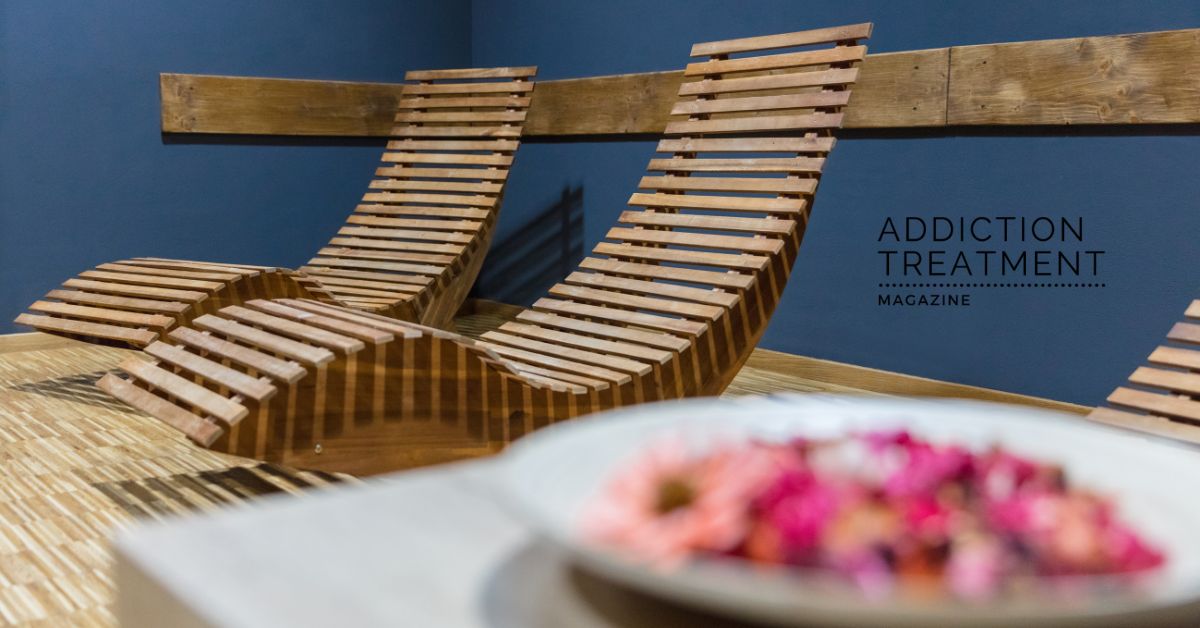With many rehab facilities offering the ultimate treatment for addiction, it’s easy to get lost. Knowing what to look for in a rehab center can help you make the best decision for yourself or a loved one. Here are some of the most valuable features and characteristics to look for in a rehab facility this year.
1. Individualized Programs
Every individual is unique, and so is their journey to recovery. Rehab facilities with individualized programs can better focus on the right treatment plan for each individual based on their unique challenges.
Look for facilities that provide one-on-one sessions for personalized guidance. At the same time, facilities with individualized programs will have varying treatment lengths versus fixed treatments so everyone can find the pace that best suits them.
2. Integration of Technology
Today, integrating technology in rehab facilities has become more than just a luxury; it’s a necessity. Here are some key ones to look for:
- Telehealth: With the rise of remote consultations, telehealth allows individuals to receive guidance, therapy sessions, and follow-ups without the need to be physically present. This is especially beneficial for those in remote locations or with mobility challenges.
- AI-driven Interventions: Artificial Intelligence can assist in creating personalized treatment plans by analyzing an individual’s data and predicting which treatments might be most effective. Moreover, AI can be used for continuous monitoring, providing real-time patient and therapist feedback.
- Digital Therapeutics: Apps and online platforms can offer cognitive behavioral therapies, mindfulness exercises, and other interventions, allowing individuals to supplement their in-person treatments with digital tools.
3. Holistic Therapies and Evidence-Based Treatments
Substance use disorders impact the mind, body, and spirit. A holistic approach addresses these different aspects. Rehab facilities that combine Western and Eastern treatments allow individuals to benefit from the best of both worlds.
A holistic approach focused on evidence-based methods ensures that all treatments are grounded in science and proven to work. Western medicine uses medication-assisted treatment (MAT) and psychotherapies like cognitive behavioral therapy (CBT). Conversely, Eastern medicine focuses on balancing the body through nutrition therapy, acupuncture, and alternative treatments like equine therapy, Jiu Jitsu, and art therapy to help individuals in addiction recovery find peace and purpose in new activities.
4. Comfortable Living and Amenities
Recovery is also about comfort. Quality accommodations provide a safe space for individuals to rest and reflect. Look for rehab centers with residential and medical facilities, designated therapy rooms, and recreational amenities. These spaces are tools for promoting self-care, relaxation, and even self-reflection.
Beyond living accommodations, look for features like wellness and activity programs. While patients spend a significant amount of time in group and private therapy sessions, it’s important to have an outlet for growth and discovery.
Look for rehabs with features designed to promote social interaction and skill-building. Activities like educational workshops, vocational training, exercise classes, and even excursions can significantly affect someone’s recovery.
5. Dual Diagnosis Offering
Close to 9.2 million adults in the US have a co-occurring disorder like substance use disorder and mental illness. Some co-occurring mental issues during substance abuse are post-traumatic stress disorder (PTSD), depression, attention-deficit hyperactivity disorder (ADHD), and bipolar and anxiety disorders.
Offering dual diagnosis treatment ensures that all aspects of an individual’s well-being are addressed, leading to a comprehensive recovery.
6. Family Involvement and Aftercare
Not all facilities allow family visits or the involvement of the family. However, involvement and support from family members increase the likelihood of successful treatment. Facilities that offer family counseling and support can ensure that loved ones are part of the recovery journey. It can also help address any friction or difficulties within the family unit.
Recovery doesn’t end when treatment does. It’s essential for members to feel supported on their way back to their regular lives. A key feature to look for in 2023 is rehab facilities with alumni programs that offer a community of support long after the initial treatment phase.
Many aftercare programs also focus on vocational support to help individuals confidently reintegrate into society. These programs help individuals identify their skills, interests, strengths, and limitations about employment. Some facilities might even help individuals find sober living accommodations during their transition out of rehab.
7. Transparent Success Metrics
Facilities should be open about their success rates, methodologies, and any other metrics that can help potential clients make informed decisions. Rehab facilities hold themselves accountable by sharing success metrics, ensuring they strive for excellence and improvement.
Beyond just success rates, it’s essential to understand the methodologies used to achieve those rates. This transparency ensures that the metrics are not just numbers but are backed by robust, evidence-based practices. One way to do this is by evaluating their capacity to answer your questions with detailed information.
Be careful with places that overpromise. There’s no quick or effective way to get through addiction. No rehab center worth trusting offers such programs. When a facility is open about its successes and challenges, it builds trust with its clients, assuring you are in capable hands.
8. Financial Flexibility
With the rising healthcare costs, rehabs need to offer financial plans, accept various insurance plans, or provide sliding scale fees to make treatment accessible to all. Look for facilities that accept a wide range of insurance plans and can cater to a broader demographic. Some facilities offer financing plans, allowing individuals to pay for their treatment in installments, making the financial burden more manageable.
Beyond flexibility, facilities need to be transparent about all costs involved, ensuring no hidden fees or unexpected expenses. This clarity allows individuals and their families to plan accordingly.
The Bottom Line
In 2023, the ideal rehab facility seamlessly blends traditional methods with new-age techniques, ensuring that individuals receive comprehensive, holistic, and effective care. Start by making some calls to the nearest rehab centers. Remember, the quality of the facility will reflect the type of treatment you or your loved one will receive.

